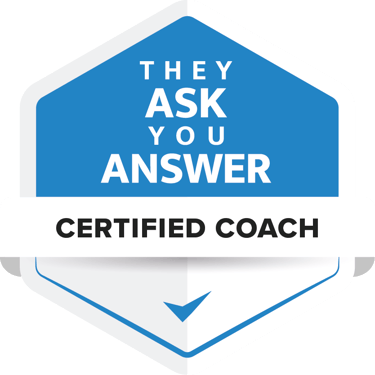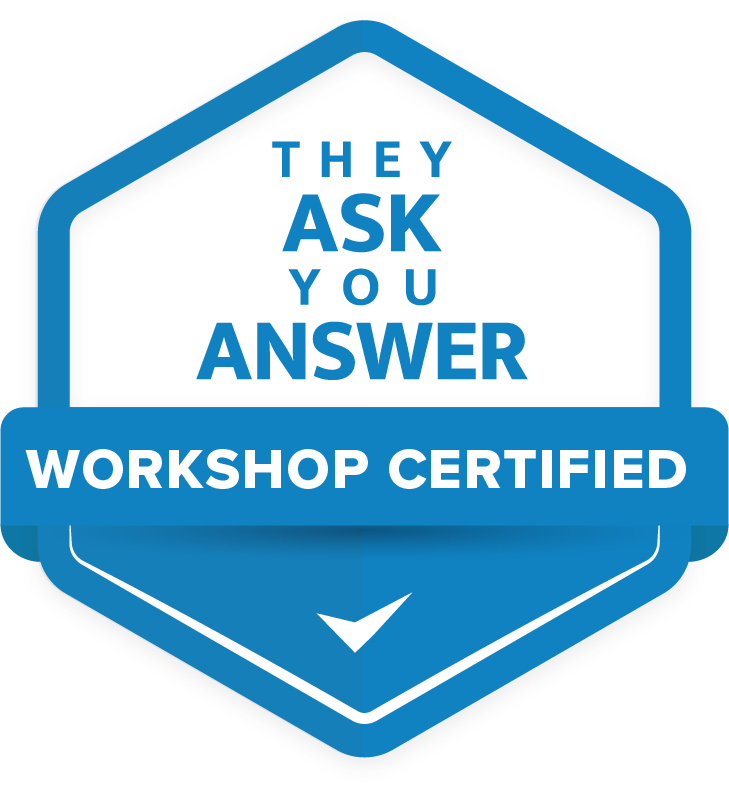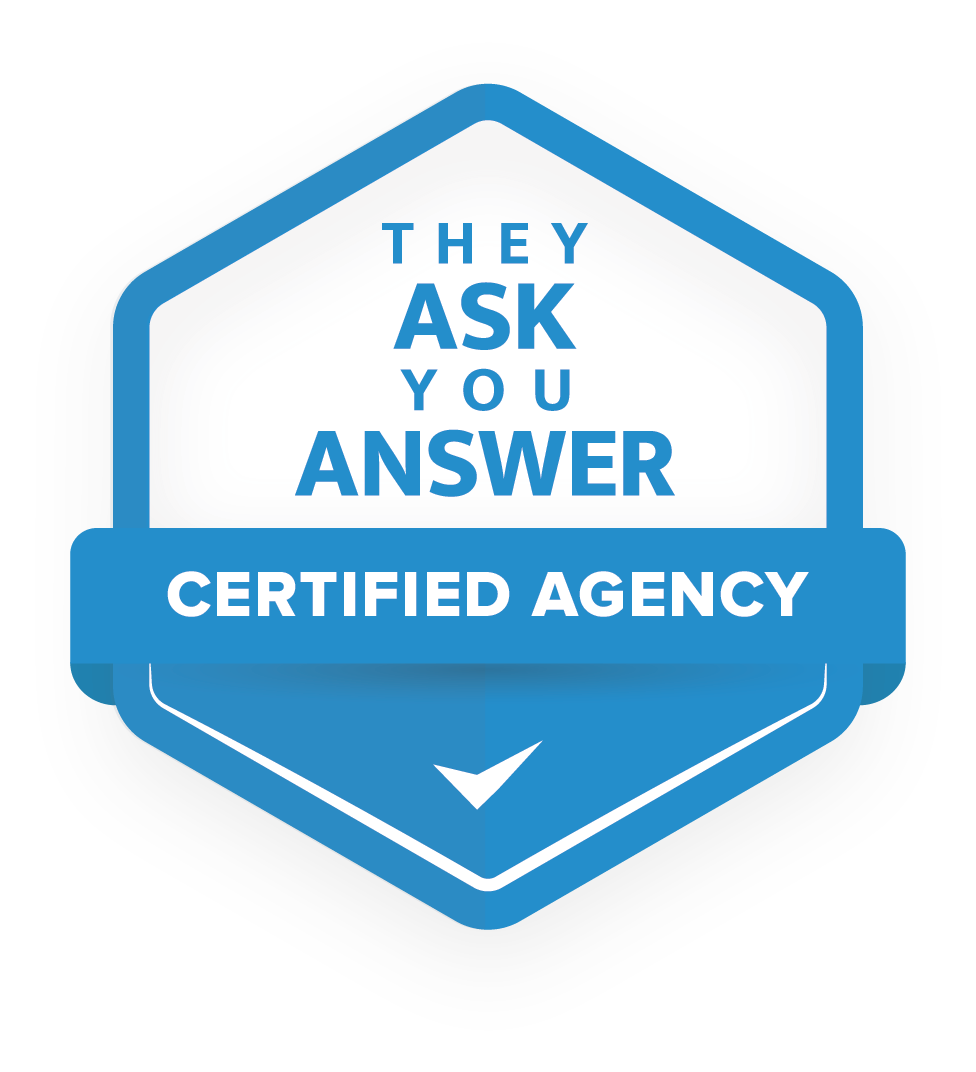Are your quotations often rejected? How to make a quotation that is accepted

You've had a great conversation with a potential client. He is excited, you are excited - this has to be him! In good spirits you send the offer, but then it remains silent. Or even worse: you get an email saying they "chose another party after all."
This is a frustrating and costly situation. You put a lot of time into writing quotations, but see too few results in return. Every rejected quotation means not only lost time, but also a missed opportunity for sales.
As a StoryBrand trainer at Buzzlytics, I know from experience that this doesn't have to be because of you or your services. Most likely, your offer simply isn't coming across well to your prospect. And fortunately, you can do something about that.
In this article I will show you how to make a quotation that will be accepted. You learn what the most common problems with quotations are, how to solve them and which seven parts make up an effective quotation. After reading this article you will know exactly how to write a quotation that appeals to your prospects and encourages them to say 'yes' to your proposal.
Most companies talk too much about themselves in their quote.
The problems with most offers
Problem 1: You talk about yourself instead of the customer
The biggest problem with most quotes I see is that they are mostly about the company itself, rather than about the customer and their problem. You can see this on the very first page: they contain a large logo of the company itself, an extensive introduction of the company, its mission, team and history. Sometimes you have to turn as many as five pages before you get to the actual quote.
Problem 2: Too short of a good conversation
Another problem I often see is that many companies think: the conversation went well, so I'll keep the quotation short. Then they put in the attachment a document that does say 'quotation' above it but that looks more like an invoice than a quotation. This is particularly problematic if several people are involved in the decision (which is usually the case in B2B). These other people have not been present during the conversation and must form an opinion purely on the basis of the quotation.
If you do not provide context in your offer, you will be judged purely on price.
Problem 3: Not conveying the value properly
A final problem I would like to point out is that a short offer without context makes it difficult for the customer to see the value of your offer. You will therefore be judged purely on price in this case. A customer who indicates that he finds your offer too expensive is actually saying, "I don't see the value of your offer."
Are you not a price fighter, but do you distinguish yourself in terms of quality and service? Then you need a convincing story if you don't want to be judged on price.
The solution: apply the principles of StoryBrand to your quotation
Fortunately, the solution is "simple. Apply StoryBrand s proven principles not only to your marketing materials, but also to your offers.
A StoryBrand-proof quotation consists of the following seven components:
- The hook
- The solution
- The plan
- The investment
- The guidance
- The call to action
- The cover letter
Below I explain these components.
1. The hook
Begin your proposal with the client's problem. Describe both the external problem (what's not going well), the internal problem (how it feels) and the philosophical problem (why it shouldn't be this way). This shows that you understand what the client is struggling with.
Give your client a roadmap in which you make it clear what your collaboration will look like.
2. The solution
Then present your product or service as the solution to these problems. Focus on how your solution addresses the problem, what result the customer can expect, and what will be different and better. In doing so, avoid jargon and internal terms that can cause confusion.
3. The plan
In the plan, a roadmap, you clarify what your cooperation will look like. The first step is to sign the proposal. Then you describe the next steps you will take for your client and what result he can expect. Keeping it to three steps keeps it clear.
4. The investment
The fourth component is investment. Present the price not as a cost, but as an investment. Explain why this is a logical investment, make it clear what the terms are, and give the customer a deadline to encourage them to take action.
5. The guidance
In the fifth part, you show why you are the right person to help the customer. You do this by showing empathy and demonstrating your authority.
To demonstrate your authority use testimonials. Here it is important not to use the same testimonials in every quote (as most companies do), but to choose testimonials that resonate with your prospect.
For example, consider a testimonial from:
- a customer from the same industry
- A client who faced similar challenges
- A customer who has gone through a similar process
By choosing relevant testimonials, you make the story relatable to your prospect.
The most effective testimonials are testimonials from companies that somehow resemble your prospect.
6. The call to action
The call-to-action is the sixth component. Make it crystal clear what the next step is by using active language. "Sign here" works better than "If you are interested, please contact us." Put a deadline on the offer and make it as easy as possible for your customer to say yes.
7. The cover letter (optional)
End with a cover letter, a sort of summary of your offer. Start with the problem, introduce your solution, show your empathy and authority, share the roadmap and end with a clear call-to-action.
Practical tips for making your quote StoryBrand-proof
Tip 1: Personalize your quotation
A StoryBrand-proof quotation is all about the customer, and you can show that visually as well. Start at the front of the quotation: use a corporate identity that does not overly refer to yourself and put the customer's logo more prominently than your own. CEOs and decision makers in particular are sensitive to this form of recognition - after all, it's about their company, not the supplier.
Tip 2: Break down content
You can put the entire offer in one pdf, or you can split the content into a part you put in the pdf and a part you put in the cover email. An effective approach is to include the first three parts (the hook, the solution and the plan) in your email and put the rest in the pdf. This way you avoid overwhelming your client with your offer.
Also read: How do you write emails that customers want to read?
Put the client's logo more prominently on the front than your own.
Tip 3: Reinforce your message with video
Consider adding a personal video when sending your quote. In this video, you can keep the same structure as in your quote:
- Start with the problem
- Explain your solution
- Outline the roadmap
This makes your quote more personal and increases the likelihood that it will be forwarded to other decision-makers.
Also read: Why most corporate videos don't generate sales (and which ones do)
Tip 4: Ensure consistency
A StoryBrand-proof offer does not stand alone. Make sure your message is consistent across all your sales materials - from your website to your sales calls. This consistency builds trust and helps prospects make an informed decision.
The result: higher acceptance rate of your offers
A StoryBrand-proof quotation works, as we see in practice. Applying the principles of StoryBrand consistently in your quotations has four major advantages:
Fewer rejections, more deals
By StoryBrand-proofing your quotation, you increase the chances that your quotation will be taken seriously. If you can clearly communicate the value of your product or service, there will also be less discussion about price. This is especially true for companies that distinguish themselves on quality and service rather than price.
Having a StoryBrand-proof quotation increases the likelihood that your quotation will be taken seriously.
Faster through the sales process
Another advantage is that prospects are more likely to say "yes" to your proposal. Especially if you send a personal video along with the offer.
Better informed prospects
By combining a good sales pitch with a StoryBrand-proof offer, prospects are better informed when they say "yes. They know exactly what to expect and what the next steps are. This not only ensures a higher acceptance rate, but also a smoother collaboration after the quotation is signed.
Most important: confidence
In the end, it's all about trust. By putting the customer first in your quotation and conveying your story clearly, you show that you understand the customer and his problem. And if a customer feels you understand him, chances are he will trust you to solve his problem.
From frustration to success with StoryBrand-proof bids
Writing proposals doesn't have to be a frustrating activity that mostly takes a lot of time and produces little return. By applying StoryBrand s principles to your proposals, you significantly increase the chances that prospects will say "yes" to your proposal.
Most importantly, you must put the customer and their problem first. By incorporating into your quote the seven components we've discussed in this article - from a catchy hook to a clear call-to-action - you show that you understand what your prospect is struggling with and that you are the right person to help them.
At StoryBrand Netherlands, we have already helped many companies improve their quotation process. Time and again we see that this approach leads to higher acceptance rates, faster decisions and better informed prospects who ultimately become happier customers.
Want to get started improving your bids, too? Then schedule a meeting with one of our StoryBrand consultants. We'd love to help you get started on the road to better quotes and more "yeses.
Related articles
June 25, 2024
-
Reading time: +/- 12 min
December 17, 2024
-
Reading time: +/- 6 min
March 11, 2024
-
Reading time: +/- 4 min
October 3, 2024
-
Reading time: +/- 7 min








